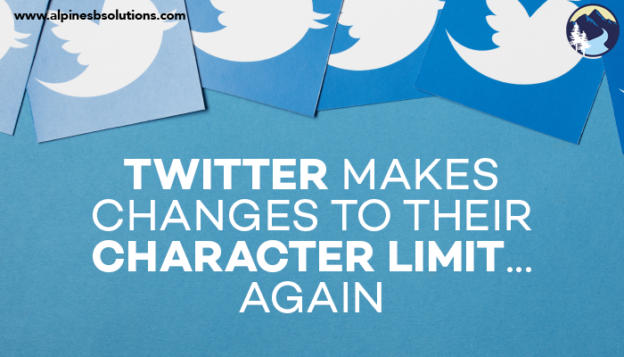Since Twitter launched in 2006, the character limit has remained constant. Users could say anything they wished, so long as it was confined to 140 characters. This number was loosely based off the 160-character text message limit, since Twitter was meant to be a sort of public text messaging service.
Users have complained about the character limit restriction (while simultaneously arguing that removing the character limit would kill the platform). Ah, the fickleness of the consumer.
Twitter’s newest attempt to appease consumers and improve the functionality of their service took the form of changing how replies work.
How Twitter Replies Used to Work
 Previously, a reply would involve a tweet beginning with “@username” and then the user’s message. The username character count went towards the 140-character limit. If a few users were involved in the conversation, the character total quickly got eaten up. It also made it difficult to actually see the message content since it was after a long string of usernames
Previously, a reply would involve a tweet beginning with “@username” and then the user’s message. The username character count went towards the 140-character limit. If a few users were involved in the conversation, the character total quickly got eaten up. It also made it difficult to actually see the message content since it was after a long string of usernames
The Recent Change
Now, the Twitter handle in a reply will not count against the 140-character limit. Instead, there will be a message at the top of the tweet saying “replying to…” with the list of usernames in the conversation.
The main reason for this change is user-friendliness. Removing the usernames from the word count allows users to fit more information in their message, potentially improving the quality of discussion.
 Twitter’s goal is to make conversations easier to follow, allowing users to focus on the discussion of the tweets and not the lists of those in the discussion. Tests done by Twitter found this change led to more people engaging in more conversations, so it’s reasonable to believe this change affects conversations.
Twitter’s goal is to make conversations easier to follow, allowing users to focus on the discussion of the tweets and not the lists of those in the discussion. Tests done by Twitter found this change led to more people engaging in more conversations, so it’s reasonable to believe this change affects conversations.
The Drawback
With every change, people grumble. People grumbled when Twitter’s algorithm changed. People grumbled when the Facebook newsfeed look changed. People will always grumble.
Right now, the biggest complaint people have over this change is the potential for trolling. Now that the usernames don’t count for the character limit, users can tag a ridiculous number of people in their messages. Since people can be tagged and dragged into conversations without their consent, this can become a huge annoyance rather quickly.
Future Changes to the Character Limit
 In the past few years, Twitter has tweaked what counts towards the character limit. Other changes included not counting photos, GIFS, or quote tweets as part of the limit. The next logical change would be to not count URL links as part of the word count. An argument can be made that links are comparable to photos. Neither are usually meant to be the whole message, but rather a supplement to the message itself. There’s no word yet on whether this change is being considered by Twitter staff.
In the past few years, Twitter has tweaked what counts towards the character limit. Other changes included not counting photos, GIFS, or quote tweets as part of the limit. The next logical change would be to not count URL links as part of the word count. An argument can be made that links are comparable to photos. Neither are usually meant to be the whole message, but rather a supplement to the message itself. There’s no word yet on whether this change is being considered by Twitter staff.

